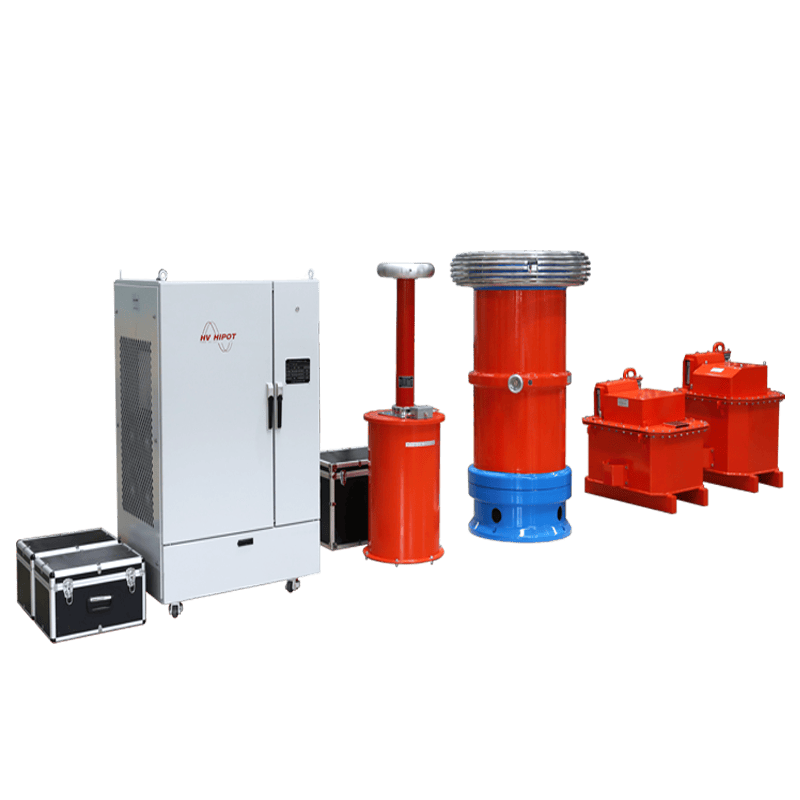In the inspection and maintenance of electrical engineering and electronic technology, dielectric withstand voltage and insulation resistance are two crucial electrical performance indicators. They are often used to assess the safety and reliability of electrical equipment, insulating materials, and circuits. Although there is a certain connection between the testing purposes and methods of these two indicators, their essence and application scenarios are significantly different.
The definition and function of medium pressure resistance
Dielectric withstand voltage, also known as voltage endurance test, refers to applying a voltage higher than the normal operating voltage to the insulating medium for a certain period of time to test its ability to withstand voltage surges. The core of this test lies in detecting whether the insulating material will undergo breakdown or discharge under extreme electric fields. The withstand voltage test usually uses alternating current or direct current, and the test duration generally ranges from several seconds to several minutes, depending on the standards and the test object.
The significance of dielectric withstand voltage testing lies in confirming whether the insulation structure has sufficient strength and stability when encountering abnormal voltages, thereby preventing equipment damage or safety accidents caused by insulation failure. For example, in the production and maintenance of electrical components such as transformers, switchgear, and insulators, dielectric withstand voltage testing is an indispensable inspection method.
The definition and function of insulation resistance
Insulation resistance refers to the resistance level of an insulating material or device to direct current, reflecting its ability to prevent current leakage. Insulation resistance testing usually employs direct current voltage (typically 500V, 1000V or higher), and measures the resistance value at both ends of the insulator. The higher the insulation resistance, the better the insulation performance and the smaller the leakage current.
The insulation resistance test is mainly used to determine the dryness level, aging condition of insulating materials, and whether there are conductive paths or contaminants. This test is widely applied in the maintenance and inspection of cables, transformer windings, motor windings, and electrical equipment, enabling the timely detection of insulation damage or deterioration of insulation performance, and preventing electrical failures.
The difference between dielectric withstand voltage and insulation resistance
The purposes of the tests are different. The focus of the dielectric withstand voltage test is to verify whether the insulating material can withstand high voltage without breakdown, which belongs to the strength test; while the insulation resistance test mainly focuses on measuring the resistance value of the insulator to assess its ability to prevent current leakage, and is a performance test.
2. The nature of the test voltage is different. The dielectric withstand voltage is mostly measured using high-voltage alternating current or direct current, with the voltage being much higher than the normal operating voltage of the equipment; the insulation resistance test generally uses a lower direct current voltage, with the purpose of measuring resistance rather than causing breakdown.
3. Different test times and methods: The test time for dielectric withstand voltage is relatively short, usually ranging from a few seconds to several minutes. The focus is on observing whether insulation breaks down or discharges; the test time for insulation resistance is longer, typically lasting for several minutes, and measuring the stability of the resistance value.
4. Different application scopes: The medium withstand voltage test is applicable for the factory inspection of new equipment and the detection after major repairs, to ensure the integrity of the insulation structure; the insulation resistance test is more suitable for daily maintenance and monitoring of the operating status, reflecting the changes in the insulation condition.
5. Different criteria for result determination: The test results of medium withstand voltage are usually judged based on whether there is breakdown or discharge, and whether they pass or fail is relatively straightforward; the test results of insulation resistance are based on the resistance value, and need to be analyzed in combination with the type of equipment and environmental conditions.
Notes for Use
In practical operation, there are specific technical requirements and safety regulations for both the medium withstand voltage test and the insulation resistance test. The medium withstand voltage test requires high voltage, and during the operation, strict safety measures must be taken to avoid the risk of electric shock. The insulation resistance test needs to consider the influence of environmental humidity and temperature on the measurement results to avoid misjudgment. The calibration and maintenance of testing equipment are also important. High-quality testing instruments can provide accurate data, assisting technicians in making scientific judgments. For different insulating materials and equipment types, choosing the appropriate test voltage and method is the key to improving the detection effect. The medium withstand voltage and insulation resistance, as important detection methods for electrical insulation performance, evaluate the safety of insulating materials from the aspects of strength and performance. The former tests the insulation’s tolerance to high voltage, while the latter reflects the insulation’s integrity and health condition through resistance values. Understanding their differences helps technicians adopt more effective detection strategies in equipment manufacturing, maintenance, and fault diagnosis, ensuring the stable operation of electrical systems and personnel safety.
Post time: Jun-05-2025

